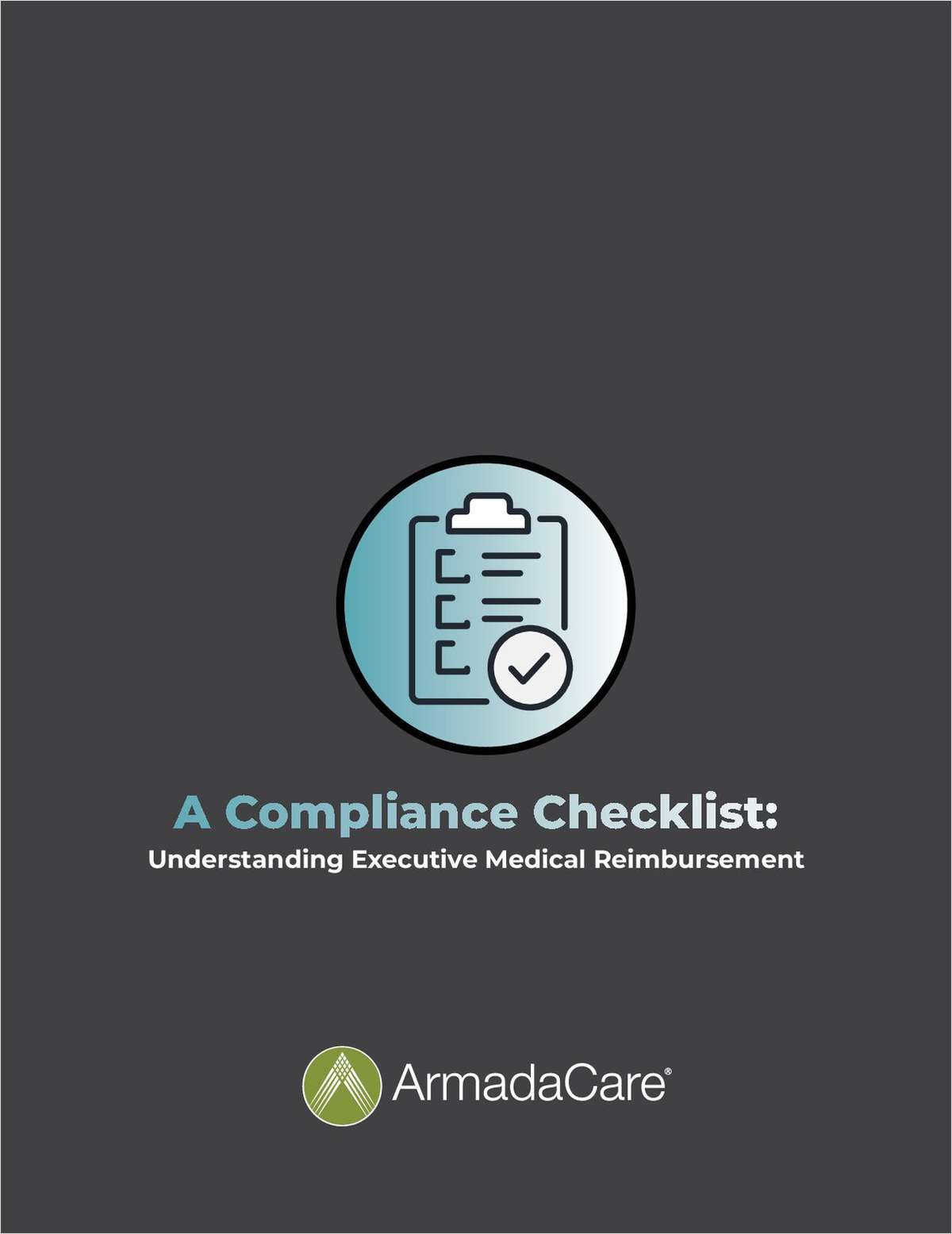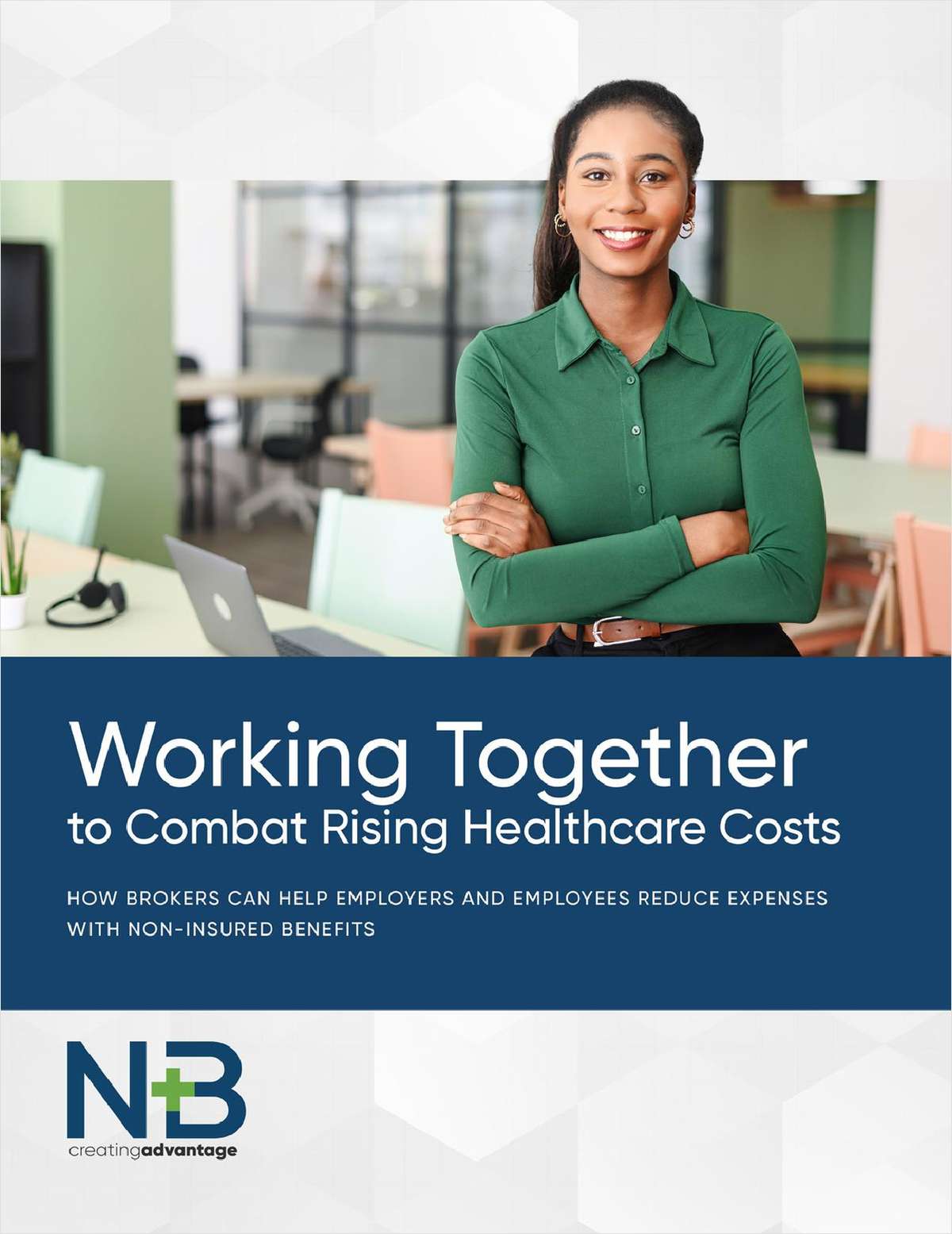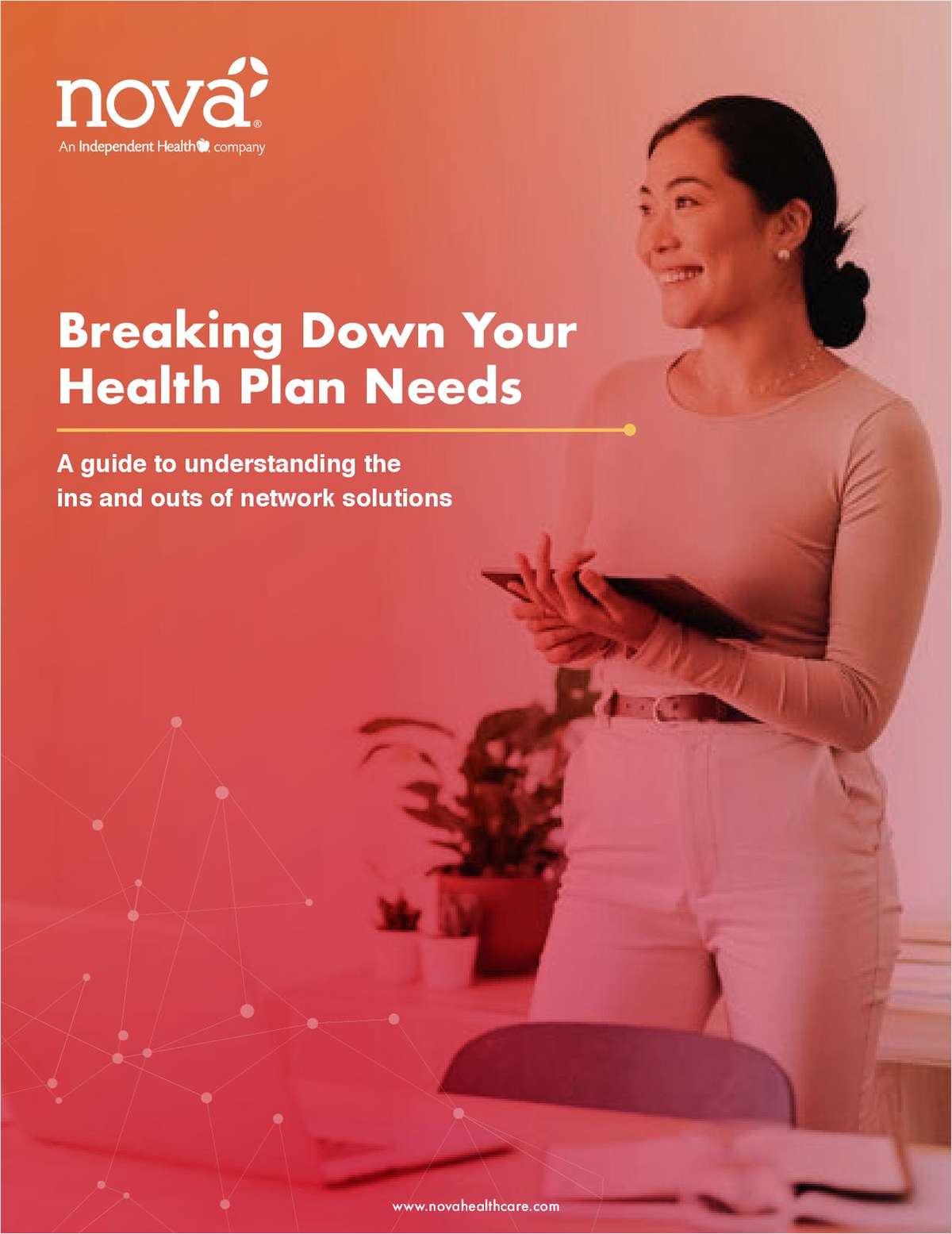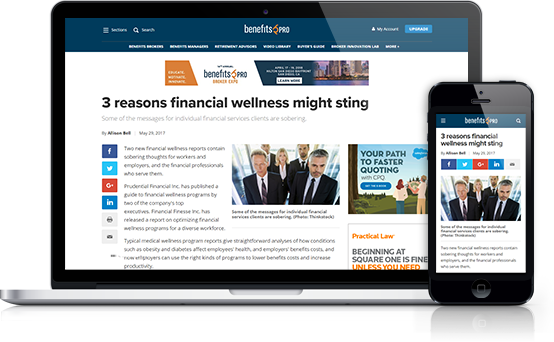 Over the past year, we have seen an increase in musculoskeletal issues as most at-home or remote work stations take the form of dining room tables and kitchen countertops designed for eating rather than eight-hour workdays.
Over the past year, we have seen an increase in musculoskeletal issues as most at-home or remote work stations take the form of dining room tables and kitchen countertops designed for eating rather than eight-hour workdays.
Many Americans have been working remotely for over a year, with an increasing number of employers shifting to fully remote or hybrid work models. This unanticipated consequence of the pandemic has been a welcomed one for some – with several recent surveys, including one from FlexJobs, highlighting a majority of employees prefer remote work to in-person. It's clear that remote work is not a trend – it is here to stay, removing old barriers that formerly dictated where people live and how their work gets done. As employers adjust to this new normal, the challenge of maintaining workers' physical and mental wellbeing should be a priority in order to ensure a productive workforce.
Factoring ergonomics into the evolving remote work culture is essential. Before the pandemic, the majority of American workers did not have proper remote work setups at home. However, over the past year, we have seen an increase in musculoskeletal issues as most at-home or remote work stations take the form of dining room tables and kitchen countertops designed for eating rather than eight-hour workdays.
Complete your profile to continue reading and get FREE access to BenefitsPRO, part of your ALM digital membership.
Your access to unlimited BenefitsPRO content isn’t changing.
Once you are an ALM digital member, you’ll receive:
- Breaking benefits news and analysis, on-site and via our newsletters and custom alerts
- Educational webcasts, white papers, and ebooks from industry thought leaders
- Critical converage of the property casualty insurance and financial advisory markets on our other ALM sites, PropertyCasualty360 and ThinkAdvisor
Already have an account? Sign In Now
© 2025 ALM Global, LLC, All Rights Reserved. Request academic re-use from www.copyright.com. All other uses, submit a request to [email protected]. For more information visit Asset & Logo Licensing.








